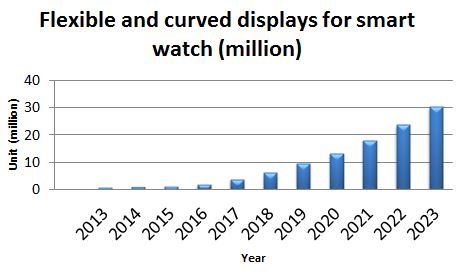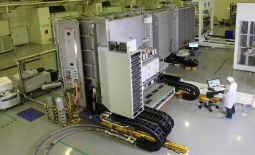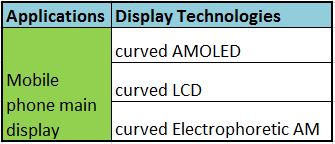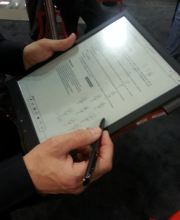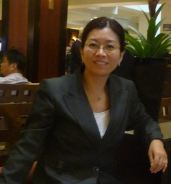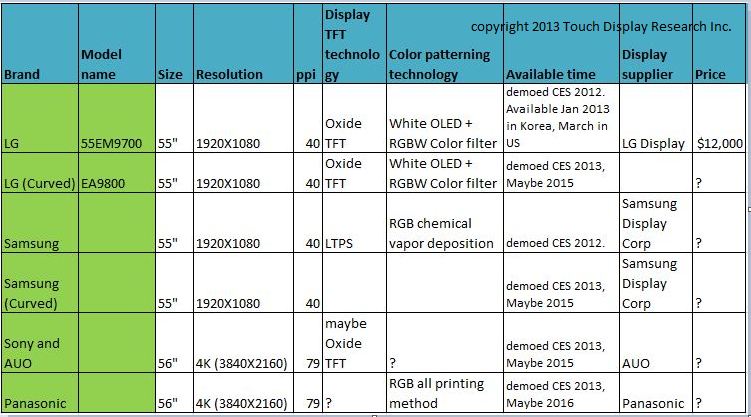February 10, 2014
I just came back from the 2014 FLEX conference and the SID LA Symposium. There are many highlights in these 2 conferences. One of the exciting news is about the Organic TFT (OTFT) backplane AMOLED.
On Feb 6th, 2014, Plastic Logic’s director of research and partnerships, Mr. Mike Banach gave a presentation titled “A New Frontier for Flexible Displays”. At the same day, both Plastic Logic and Novaled announced their partnership and their demo of OTFT backplane AMOLED.
Their demo is a monochrome flexible AMOLED, targeting for wearable applications. Plastic Logic’s CEO, Indro Mukerjee, said, “2014 will be the year that wearable technology starts to go mainstream.”
Touch Display Research analyst agrees with that. Touch Display Research forecasts 30 million units flexible and curved displays will be shipped for smart watch application by 2023. Overall flexible and curved display market will reach $27 Billion by 2023.
Figure: Flexible and curved displays for smart watch application forecast to 2023
Source: Touch Display Research. “Flexible and Curved Display and Lighting Technologies and Market Forecast” report. September, 2013.
It is said Merck’s organic semiconductor material was used in the OTFT prototype.
As we covered in our “Flexible and Curved Display and Lighting Technologies and Market Forecast” report, Sony has demonstrated OTFT backplane AMOLED before.
Thanks for reading,
Jennifer and team

